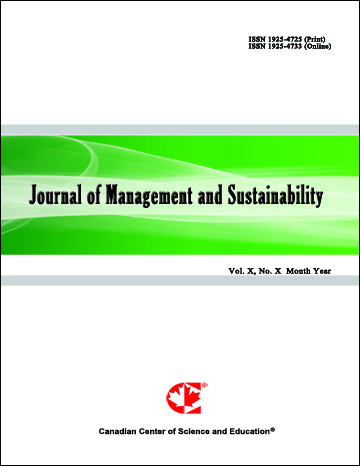Sustainable Alternative for the Production of Soil Cement Bricks
- Joedy Mayara de Souza Santa Rosa
- Rayane Gabriella Pereira da Silva
- Kalinny Patricia Vaz Lafayette
Abstract
The construction industry plays a fundamental role in the economy of a developing country, representing, in most of them, approximately 3.7% to 10.5% of its Gross Domestic Product. However, it is extremely important to search for sustainable alternatives in this sector, aiming to reduce the environmental impacts generated by the production of inputs, waste generation, in addition to the inappropriate disposal of this activity in the environment. Therefore, the work aimed to evaluate the technical and economic feasibility of the incorporation of residues (Marble and Granite Cutting Waste—MW and Construction and Demolition Waste—CDW) in the production of soil cement bricks (SCB). For the development of the present work, physical and mechanical characterization of the soil, residues (CDW and MW), composites (Control, MW15%, MW25%, MW50%, MW100%, MW30%CDW70%) were performed. After manufacturing the bricks, the characterizations mentioned were carried out at 7, 28 and 60 days, in addition to the evaluation of the geometric characteristics, water absorption and strength of the bricks and microscopic analysis of the post-rupture fragments. Additionally, a cost analysis of the use of SCB was performed compared to two different construction systems (ceramic brick and concrete block). From the results of physical characterization, soil was classified as clayey-silty sand (SC-SM), while the CDW was well-graded sand and MW as sandy clay. Soil and composite plasticity characteristics ranged from weakly plastic (MW15% and MW30%CDW70%) to highly plastic (MW100%). In the compaction tests, composites with the addition of MW presented increasing values in terms of optimal moisture. The compressive strength test performed showed satisfactory results for all composites, especially for MW25%, which obtained the most significant result with 13.777 kPa at 28 days. Thus, it is concluded that the incorporation of CDW and MW for the production of SCB represents a sustainable application for civil construction.
- Full Text:
 PDF
PDF
- DOI:10.5539/jms.v13n1p45
Journal Metrics
Google-based Impact Factor (2021): 1.54
h-index (July 2022): 37
i10-index (July 2022): 147
h5-index (2017-2021): 12
h5-median (2017-2021): 19
Index
- Academic Journals Database
- ANVUR (Italian National Agency for the Evaluation of Universities and Research Institutes)
- CAB Abstracts
- CNKI Scholar
- EconBiz
- Excellence in Research for Australia (ERA)
- GETIT@YALE (Yale University Library)
- Harvard Library
- HeinOnline
- Infotrieve
- JournalTOCs
- LOCKSS
- MIAR
- PKP Open Archives Harvester
- RePEc
- Scilit
- SHERPA/RoMEO
- Stanford Libraries
- UCR Library
Contact
- Evelyn XiaoEditorial Assistant
- jms@ccsenet.org
